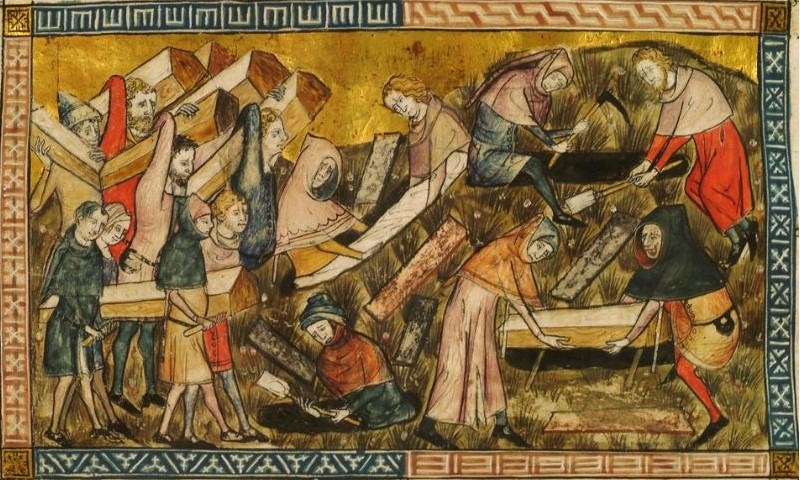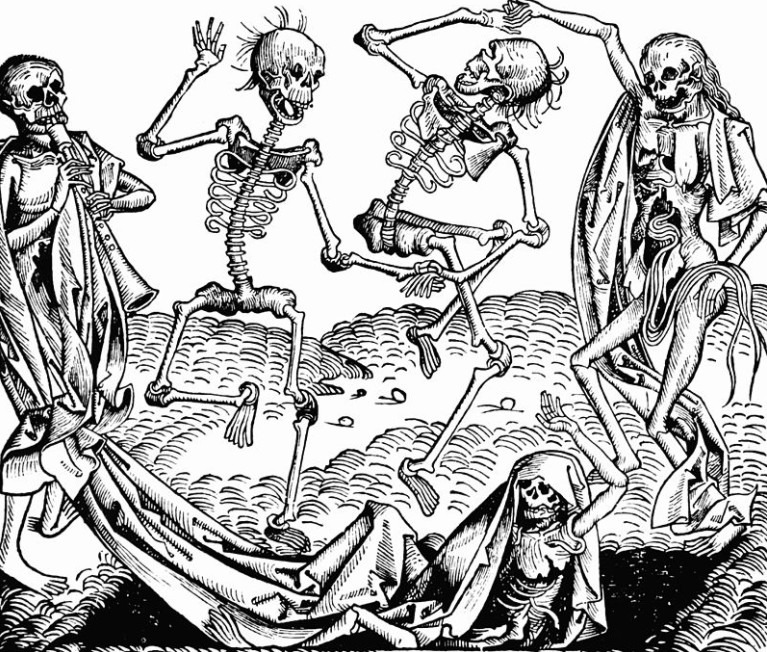The Black Plague is considered to be the most devastating pandemic in human history, as it is believed that out of three people that are infected by the disease, only one survives. The high death rate of the Black Plague, which is approximately 60% maximum, led to the collapse of the economy in Europe and Asia. However, it is due to the Black Plague that scientists focused on creating vaccines so that a pandemic similar to the Black Plague would never happen again.
Because of the economic collapse in Europe, people were struggling to live their lives normally, as not only will they have to worry about getting infected by the disease, but they must also worry about the increasing prices of food. To know more about the people’s struggles during the catastrophic pandemic, here is a brief view of life during the Black Plague.
Origins of the Black Plague
Historians believe that the Black Plague originated in Asia, and through ships that were used for trade between Asian and European traders, black rats that are infested with fleas carrying the Black Plague bacteria would find their way to Europe.
During the start of the pandemic, people actually don’t know where the disease comes from. People first believed that the disease is airborne, so they started wearing face masks for protection. However, what they didn’t realize was that their living conditions were the cause of the abundance of disease-carrying black rats in their towns. During the 14th to 15th centuries, houses were often built to close to each other, resulting in a cramped neighborhood. Because of the cramped environment, people are finding it hard to clean specific areas of the town, thus leading to the location being dirty and infested with rats. Now, with the rats becoming more and more common in cramped town, the chances of humans coming into contact with the rats and the disease were quite high.
Life During the Black Plague
Those who were infected with the Black Plague would have black spots under their arms, swollen lymph nodes, high fever, vomiting, and weakness of the body. As previously mentioned, the death rate for the Black Plague was relatively high, mainly due to the fact that the disease also had a high infection rate besides its severe or life-threatening symptoms.
In addition, people with weaker immune systems are said to die within a few days after being infected. Unfortunately, most of the people in 14th century Europe already developed weaker immune systems even before the pandemic, and their weak bodies are attributed to several bad harvests in the continent that led to the shortage in food, especially the nutritious one like fruits and vegetables.
Once a household is infected with the Black Plague, guards or officials would mark their house’s door with a cross, which signifies that the people living there have the Black Plague. After the house’s door is marked with the cross, those living in the household may no longer be allowed to leave so that they won’t infect people outside.
When the first people infected with the disease died, those in charge of burying them would build wooden coffins that have a red cross at the top to indicate that they died from the Black Plague. However, as the pandemic became worse, those who were building the coffins cannot keep up with the number of dead bodies that are increasing every day, thus leading to a shortage of wooden coffins. Because people were afraid that dead bodies that are just lying in the streets and on their death beds would further increase the rate of infection, they decided to create plague pits, which are deep holes on the ground where they will bury hundreds (and sometimes thousands) of dead bodies without the need to place them in wooden coffins.
As the number of deceased increased, the officials in charge of burying the bodies cannot perform their duties efficiently, which led to the government asking the people if they could be the ones that would have to carry their dead relatives and bury them in the plague pits.
Food Shortage and Peasant’s Revolt
Because workers and farmers are commonly the ones that get infected with the Black Plague, the workforce in Europe began dwindling as the number of working getting sick or dying from the disease started to increase. Because there were no workers in farms and public markets, Europe experienced food shortages, and the shortages then led to an increase in food prices.
Due to the shortage of food, the lords that own the lands where the farmers work were desperate in finding new peasants and serf in their territory. Realizing their importance and value in society, the former workers for these lords started a revolt in 1381, a few years before the first Black Plague pandemic ended (1951). In the revolt, the workers demanded freedom and lowered taxes so that they can start life peacefully after the Black Plague without being in the clutches of lords, tax collectors, and the monarchy. To know more about the life of peasants in medieval times, read our article, Learn About a Peasant’s Life in Medieval England.
After the Black Plague, Europe gained newfound appreciation towards the workers, especially the peasants and the serfs. From that point on, workers were able to demand higher wages for their labor, thus resulting in the change of the economic climate that will soon affect the modern world. In addition, the world also saw the importance of vaccines, although a vaccine that can combat the Black Plague was only developed in 1895. However, there is currently no vaccine for the Black Plague that is approved by the World Health Organization (WHO), but the symptoms for the disease are not deadly any more thanks to the development of antibiotics.


